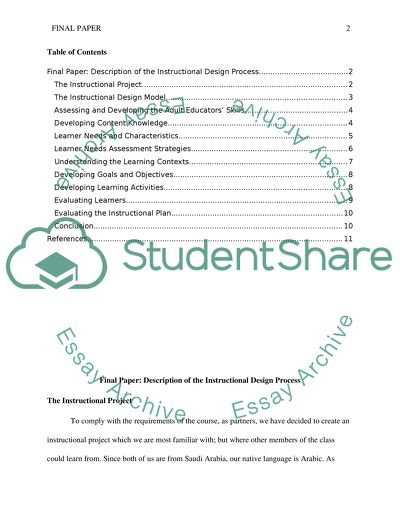Cite this document
(“Description of the Instructional Design Process Essay”, n.d.)
Description of the Instructional Design Process Essay. Retrieved from https://studentshare.org/design-technology/1472971-description-of-the-instructional-design-process
Description of the Instructional Design Process Essay. Retrieved from https://studentshare.org/design-technology/1472971-description-of-the-instructional-design-process
(Description of the Instructional Design Process Essay)
Description of the Instructional Design Process Essay. https://studentshare.org/design-technology/1472971-description-of-the-instructional-design-process.
Description of the Instructional Design Process Essay. https://studentshare.org/design-technology/1472971-description-of-the-instructional-design-process.
“Description of the Instructional Design Process Essay”, n.d. https://studentshare.org/design-technology/1472971-description-of-the-instructional-design-process.


